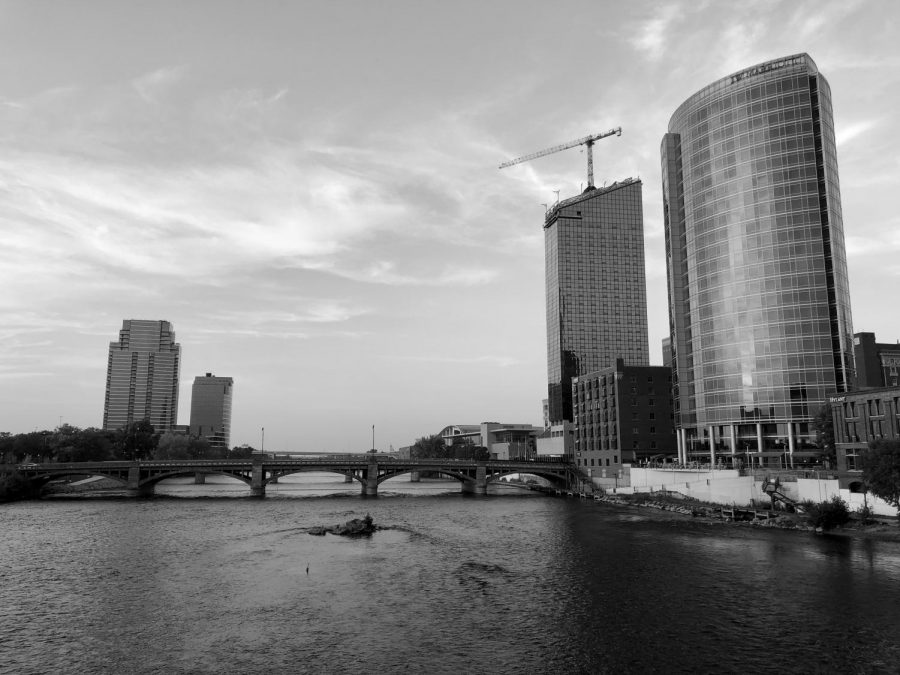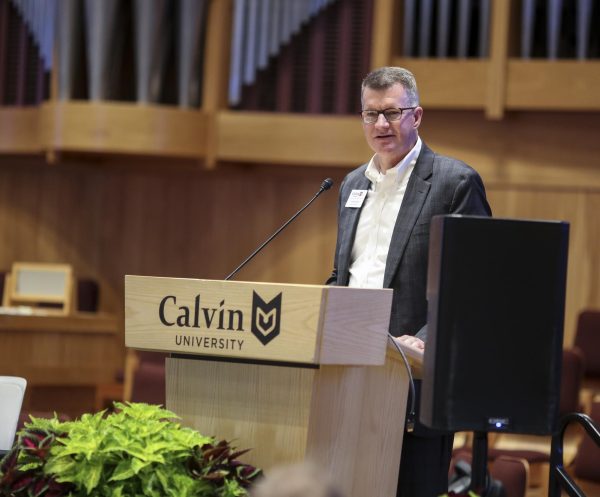Grand Rapids’ complicated rise
“Furniture City, Dying City, Beer City”
In the course of history, Grand Rapids has received awards and titles for various things, from furniture to beer. Grand Rapids has always had a mixed history of progress and innovation with an underbelly of racial inequality.
Grand Rapids was first known as Furniture City in the 1880s, as many major furniture manufacturers began migrating here during the lumber boom. According to the Grand Rapids Historical Commission, in 1881, the first Furniture Manufacturer’s Association was formed in Grand Rapids, and five years later the national FMA was formed. Much of the furniture industry in Grand Rapids died during the Great Depression in the 30s. However, the legacy of furniture still remains in Grand Rapids today, touting big names like Steelcase and Herman Miller.
According to Experience GR, in 1945 Grand Rapids was the first city in the United States to get fluoride in drinking water to fight tooth decay. In 2009, the United Nations named Grand Rapids as the first U.S. city to be a Regional Center for Sustainable Development.
The 2009 recession hit Grand Rapids hard, and in 2011 Grand Rapids was named the 10th most dying city in the U.S. according to Newsweek. The city had a very strong response to this declaration, and then-mayor George Heartwell responded in a letter to the Newsweek editor, “Dying city? Surely Newsweek must be joking.” The article prompted a backlash culminating in a superbly organized, one-shot, 10-minute-long lip dub all through downtown to the song “American Pie.” It was created as an ode and advertisement for Grand Rapids, and went viral. It was described by famed movie critic Roger Ebert to be “the greatest music video of all time.” One year later, in 2012, Forbes named Grand Rapids as the best place in the U.S. to raise a family.
In 2015, Forbes rated the top 52 largest cities in the U.S. in relation to how African Americans are doing economically. Grand Rapids was ranked 2nd to last, just above Milwaukee, Wisconsin. Since then, current mayor Rosalynn Bliss has launched programs to identify and improve racial disparities in the city.
Another statistic that complicates Grand Rapids’ reputation is that Grand Rapids has consistently had higher elevated blood lead levels in children than in Flint, Michigan, where the story of the citizens unknowingly poisoned by lead in their drinking water went national. This is an often unknown fact. Grand Rapids had nearly five times the amount of children with elevated blood lead levels in 2016 than Flint did.
Despite all this, Grand Rapids has been thriving. It was rated the 13th best place to live in the U.S. in World Report in 2019, and rated the number 1 best housing market in 2017 by Trulia. It was also labeled as one of the fastest growing cities in the U.S. by Inc. This is due in no small part to the booming brewery industry in Grand Rapids.
In the past 20 years, Grand Rapids has become Beer City, USA, with over 80 breweries, and tourists coming from all over the world for “beercations.” Well known breweries like Founders, HopCat, Brewery Vivant and Grand Rapids Brewing Co. are recognized, and their beer is sold nationally. Grand Rapids was listed by CNN Travel as one of the top 15 beer cities in the world. Though Grand Rapids has many shortcomings that pervade its economy and environment, it seems that Grand Rapids will remain on the rise.










Natsun Eisen '14 • Mar 8, 2020 at 5:22 am
Founders is actually sold internationally, as well. I’ve run into it at several venues here in Beijing.